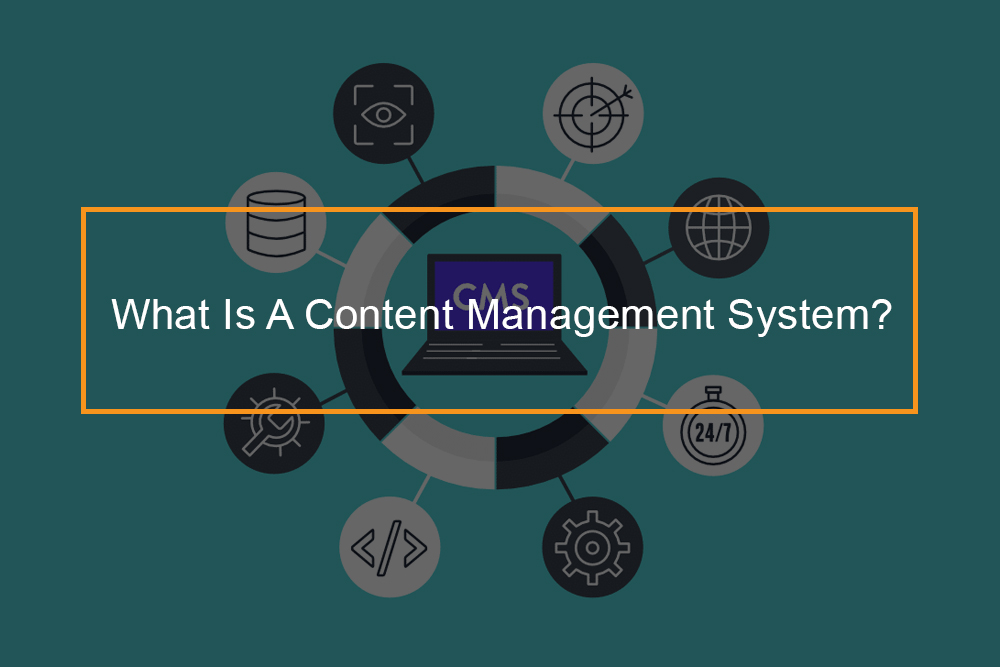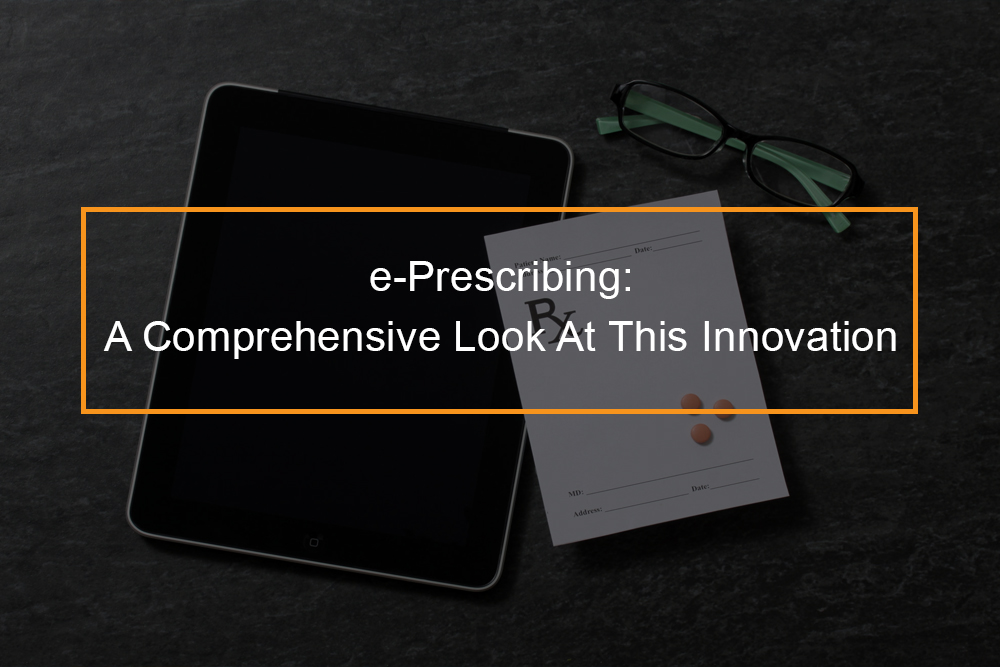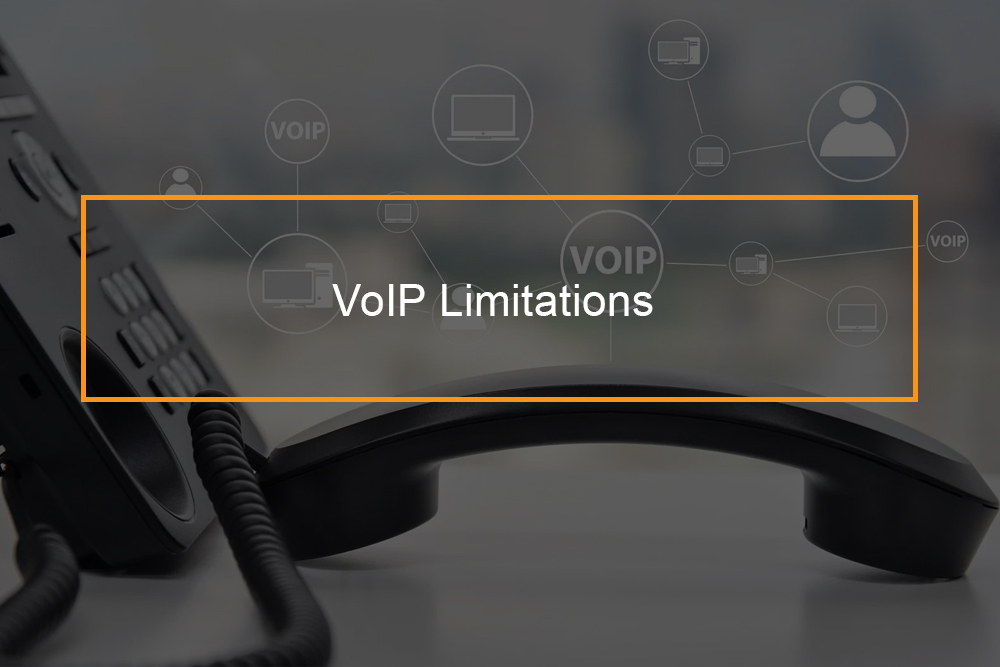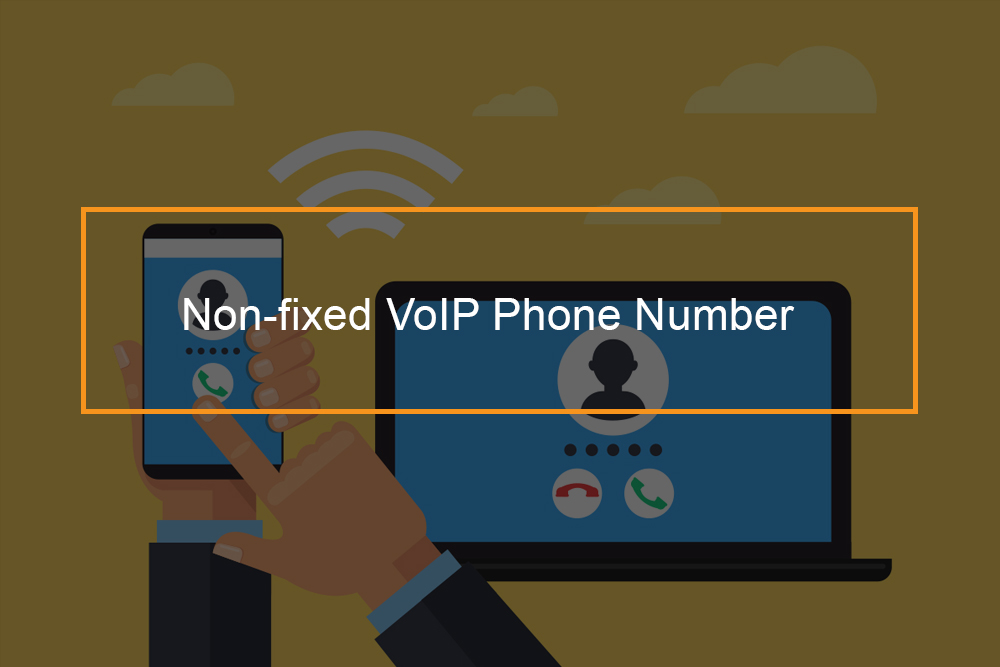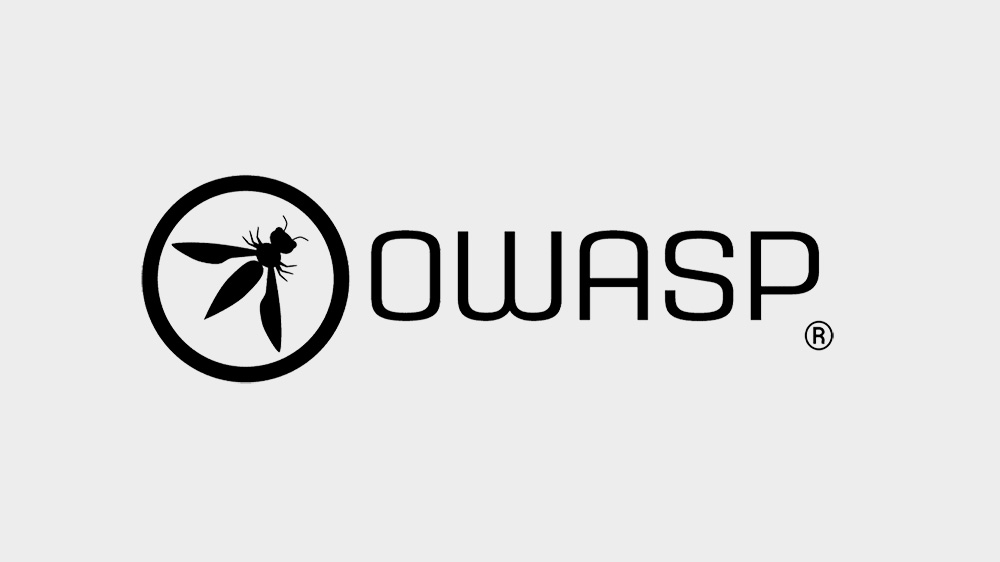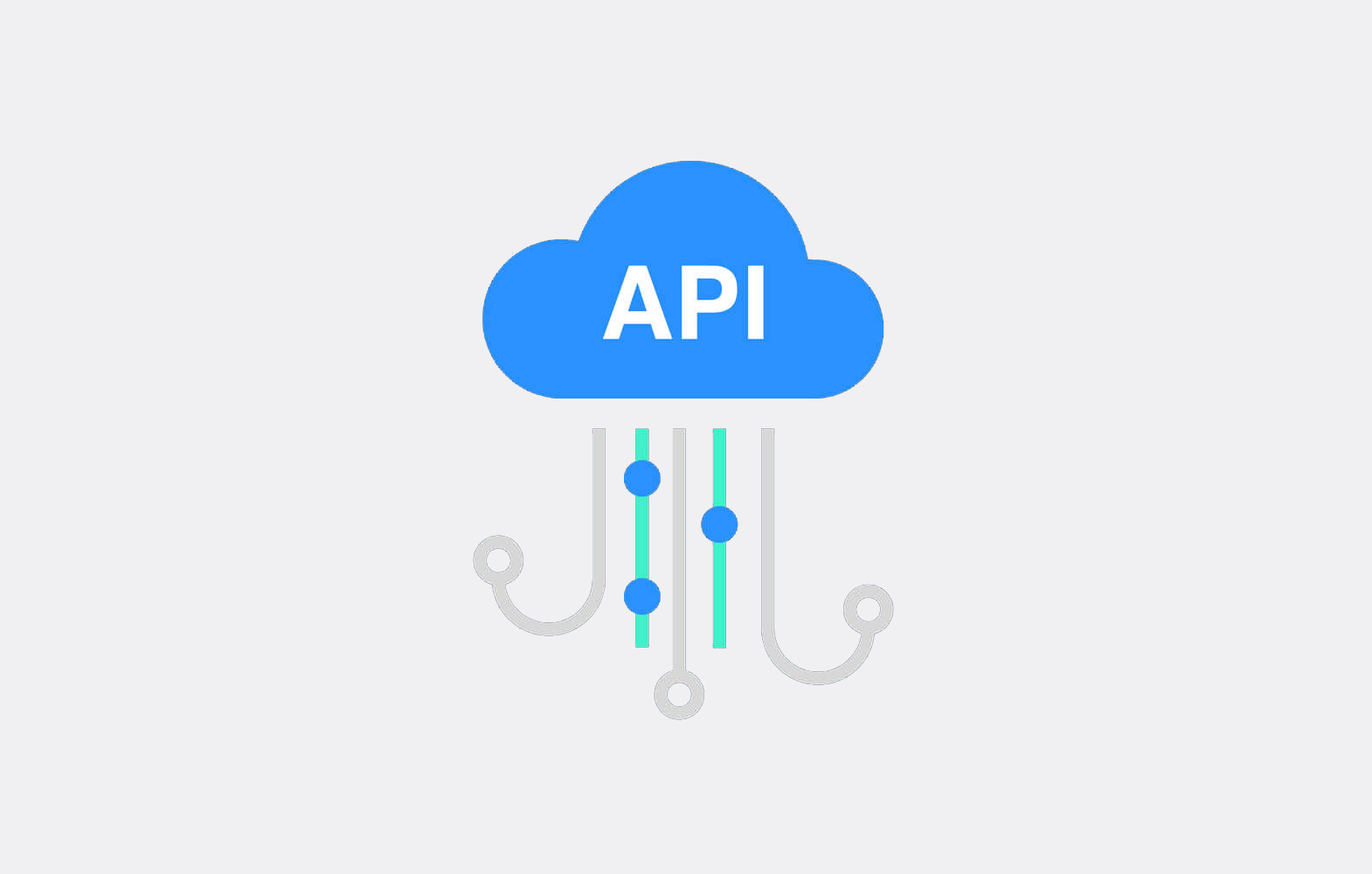Communication platform as a service
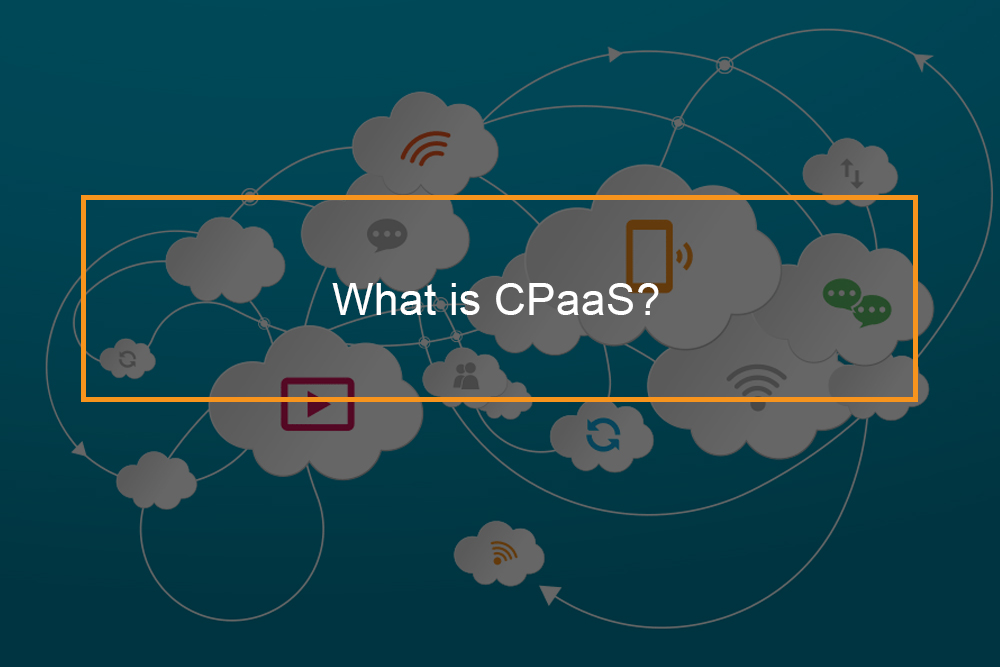 CPaaS in full means Communication Platform as a Service. The actual definition of CPaaS is an internet-based platform that allows companies to insert real-time communication features without the use of backend infrastructure. This is done by the use of APIs, that is, Application Program Interfaces. The features can include voice, messaging, and video.
CPaaS in full means Communication Platform as a Service. The actual definition of CPaaS is an internet-based platform that allows companies to insert real-time communication features without the use of backend infrastructure. This is done by the use of APIs, that is, Application Program Interfaces. The features can include voice, messaging, and video.
Designing applications that allowed specific types of communications were impossible before CPaaS. Now, you can use the APIs of CPaaS service providers in your web or mobile apps to request reviews via SMS whenever a user submits a form on your site or through your mobile app. It is also possible to send automated SMS to your clients.
The features of CPaaS
Properties of communication platform as a service
CPaaS has the following features and properties.
Real-time and unified communications
Since CPaaS is an internet-based platform, it offers organizations the opportunity to conduct real-time communications. This was only possible on technology purposely built for that role, a telephone for instance. But now, businesses can get in touch with their clients through additional means like video calls and live chats. This has improved real-time communications.
Moreover, CPaaS allows organizations to build one platform for all their communication needs. Instead of having many different communication channels, CPaaS unifies them all in one platform. This is referred to as unified communications.
Real-time analytics and reporting tools
Communication platform as a service offers real-time analytics and dynamic reporting tools. Such data and insights can be very useful. For example, it can be used for checking out any call usage information and to ensure that text messages are delivered. This information can be easily accessed through a user-friendly dashboard.
Multiple programming languages in CPaaS
The best CPaaS service providers support multiple programming languages. This, therefore, means that the company will not be forced to hire an expensive expert to customize the system. In-house developers or IT employees could easily customize it with the programming languages they already are familiar with. Some of the languages supported include Java, Python, .NET, and PHP.
Furthermore, if the business has no expert with basic coding skills, then you do not have to write any line of code. CPaaS has a user-friendly drag and drop model that is perfect for DIY customization.
CPaaS has a friendly billing model
What we mean by a ‘friendly’ billing model is that the payment method is on a pay-as-you-go basis. That is, you will not be needed to pay any upfront fees. Therefore, businesses will not invest huge sums of money in the backend infrastructure. This is how traditional communication services work. This billing model allows businesses to start interacting with their clients immediately after customizing their service.
CPaaS promote seamless integration
CPaaS service providers have Software Development Kits (SDKs) and Application Programming Interfaces (APIs) that enable developers to seamlessly integrate their systems and launch their products.
CPaaS is scalable
CPaaS are usually very scalable and highly reliable, especially when it comes to matters security. Some businesses operate on a seasonal basis. That is, there are peak seasons where business is booming and off-peak seasons where business is slow. With CPaaS, you can scale up or down with ease. This lets you pay for the services you are using and nothing extra.
The benefits of using CPaaS
- CPaaS is very affordable. Its billing model allows users to only pay for the services they are using.
- CPaaS allows users to easily develop and embed communication and related features. This further saves on wages as well as time and infrastructure.
- CPaaS allows software developers to concentrate on developing their applications and building them instead of focusing on the IT infrastructure.
- CPaaS service providers offer 24-hours technical support. Users also have access to online tutorials, guidelines, and forums for developers where they can get help.
- CPaaS also allows multi-tenancy. This means that many clients can use the service at the same time and can be at different places.
Examples of CPaaS applications
Below are some ways CPaaS application have been used:
- Video enabled help desks. This allows clients to instantly get in contact with the support agent by clicking a button on the organization website.
- Authentication services. Services that involve the use of finance, such as online banking can verify passwords, logins, and other necessary authentications to reduce identity theft.
- Appointment reminders. CPaaS system can also be used to send appointment reminders.
Top CPaaS service providers
There are numerous CPaaS service providers. More os the providers offer similar features, while others vary slightly. The best CPaaS service will depend on your business needs. However, these professional CPaaS providers are generally good for any business:
- Twilio
- Bandwidth
- SMSGlobal
- Callrail
- Nexmo
- Plivo
What next for CPaaS?
CPaaS trends and features to look out for
CPaaS is still a growing industry. New technology will, without a doubt transform communications platform as a service in the new future. It is projected that the CPaaS industry will grow to around $11 billion by 2022. So what should users be excited about in the near future?
Augmented Reality and Virtual Reality for CPaaS
Virtual Reality (VR) is a very exciting field that has experienced significant growth in recent years. The applications of VR are vast, and communication platforms are not justify behind. CPaaS vendors take advantage of virtual reality to provide a better communication experience. Soon video conferencing will be more interactive and immersive thanks to virtual reality and augmented reality.
Machine Learning (ML) and Artificial Intelligence (AI) in CPaaS
Artificial intelligence technology and machine learning are all over, even where we do not realize. This allows organizations to visualize and analyze information and use it in real-time. A lot of the professional CPaaS service providers already have the capabilities to analyze data and use it to improve operations, user-experience, and performance.
Chatbots for CPaaS
Today, chatbots already have a big impact on improving customer experience. Many internet users talk to machines on a day to day basis, some of which attend to our needs. Soon, chatbots will become a basic part of internet-based communication platforms. There are a few adjustments and improvements in terms of smarter bots and better conversational interfaces, but after which it will be ready to go.
Integrated Development Environment (IDE) and CPaaS
CPaaS will allow semi-skilled coders to build applications for businesses by using the Integrated Development Environment technology. These solutions created for specific tasks and projects and will help improve business processes.
The advantage of IDE is that expert coders and programmers will only be an option. Anyone with little to no programming and coding experience can customize the system. The dray and drop model is perfect for DIY work.
Application Programming Interface (API) CPaaS
With the communication platform as a service being cloud-based with APIs, there is no need for business to invest in hardware. Application Programming Interface allows companies to configure and embed their own communication solutions and collaborations in real-time without the use of backend infrastructure.
Communication Platform as a Service goes serverless
Serverless services are today being offered by some of the top cloud platform providers. This will soon be standard in the CPaaS infrastructure. Going serverless has its benefits. Developers, for instance, will be able to develop and deploy applications that scale businesses seamlessly.
CPaaS and omnichannel communications
In the social media age, businesses and customers are increasingly making use of WhatsApp and Facebook Messenger for business communications. In fact, for some small businesses, these platforms are the go-to tools for marketing and communication. As much as businesses are starting to focus on social media platforms for communication, text messages are also still crucial.
Hence, the need for omnichannel communications. This will unify all these different platforms bringing seamless integration for customer interaction. Such integration saves time and also improves productivity. Companies will easily communicate with their customers using their preferred communication channel.

